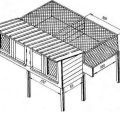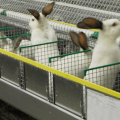Pros and cons of neutering rabbits, methods and how to do it yourself
Castration of rabbits is aimed at removing the reproductive organs of animals, which allows you to eliminate the sexual activity of pets. This manipulation is carried out for decorative or farm animals. So that it does not lead to negative consequences for the health of the pet, it is important to choose the right way and provide him with adequate care.
Advantages and disadvantages of castration
Neutering rabbits has certain pros and cons. The indisputable advantage of the technique is that the pet does not experience sexual desire. Thanks to this, he becomes calmer and stops fighting for the rabbit. Also, this procedure helps to strengthen the immune system and increase life expectancy. Neutered rabbits are less prone to inflammation and malignant lesions of the genitals.
Such animals gain body weight well and acquire smooth fur. The procedure helps to make the animal cleaner. He will stop marking territory.
At the same time, performing the manipulation has many disadvantages. If you do it without anesthesia, there is a risk of severe stress and even painful shock. The procedure using an anesthetic does not cause discomfort. However, rabbits do not take anesthesia well.
Also, after castration, there is a risk of inflammation of the damaged area, damage to the digestive organs, and dysbiosis. During recovery, your pet may try to scratch the affected area. This often becomes the cause of infection and disruption of the structure of the seams.
At what age rabbits are castrated
So that castration does not cause negative consequences for the health of pets, it is important to choose the right time for the procedure.

Optimal age
It is recommended that the female be castrated at the time of the arrival of puberty, which begins at 4 months. However, most veterinarians prefer to wait six months. Carrying out the procedure for animals that are too young is considered dangerous.
Males should be castrated at the time of prolapse of the testes. This period is 3-4 months. In Europe, rabbits are often castrated as early as 6 weeks of age. At the same time, it is desirable to carry out the procedure not only for farm rabbits, but also for decorative rabbits.
When not to do
Neutering rabbits is important at the right age. Violation of this rule can provoke negative consequences. Removal of reproductive organs in animals over 4 years old can cause serious health problems. If you carry out the procedure at the age of more than 6 years, there is a high risk of death.
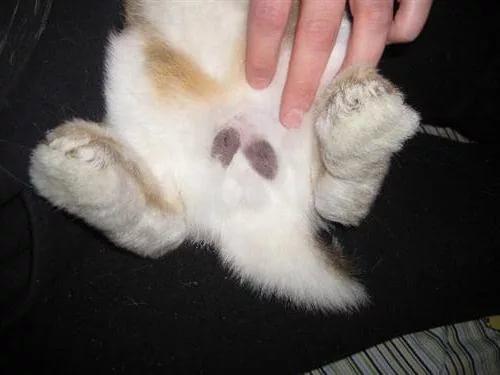
Also, contraindications for performing manipulation include individual sensitivity to analgesics. Allergy to such funds does not occur too often, however, before carrying out the intervention, it is worth consulting a veterinarian and excluding possible restrictions.
Neutering is not recommended if the rabbit is overweight. First, the animal must be brought into proper form and only after that the reproductive organs must be removed.
Rabbit castration methods
There are 2 main methods of carrying out the procedure - closed and open. Each of them has some peculiarities.
Closed way
In closed sterilization, it is not necessary to cut the skin. If this is not done, it is recommended to fix the rabbit paws vertically. It is important to control that his head is on top.
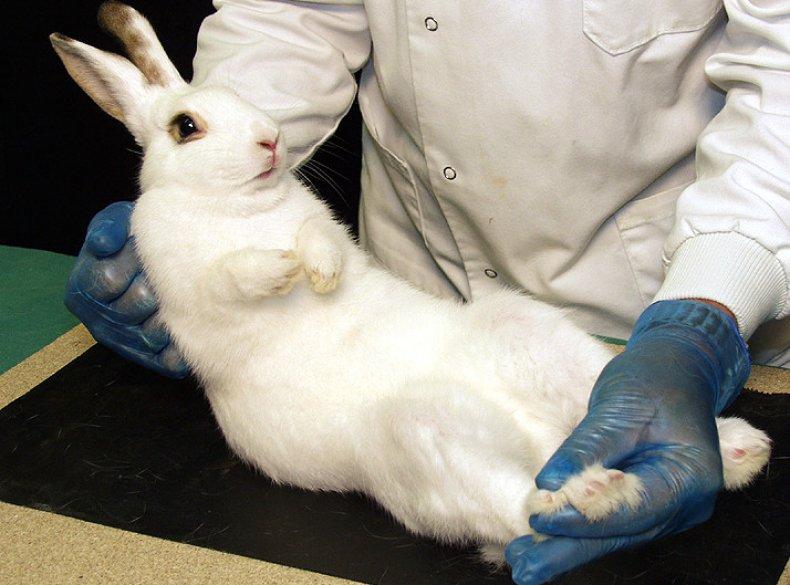
The scrotum must be horizontally pulled to the side, and then tightened tightly with a surgical knot. This is done until a crunch is heard in the spermatic cord. No further action should be taken. On days 3-6, the scrotum and testes will dry out and fall off.
Open way
To sterilize a rabbit with skin dissection, it is recommended to wipe the treatment site with iodine tincture. Its concentration should be 5%. Then a small longitudinal incision should be made between the 2 poles of the testis. After that, squeeze out the testis with the vaginal membrane. A surgical knot should be placed near the external inguinal ring and the testes should be cut using scissors or a scalpel.
When carrying out this procedure, it is important to maintain a certain height distance from the dressing area. It should be 2-3 millimeters. After that, it is recommended to treat the damaged area with an antiseptic and antibacterial drug. For this, "Streptocid", "Tricillin" or another composition are suitable.
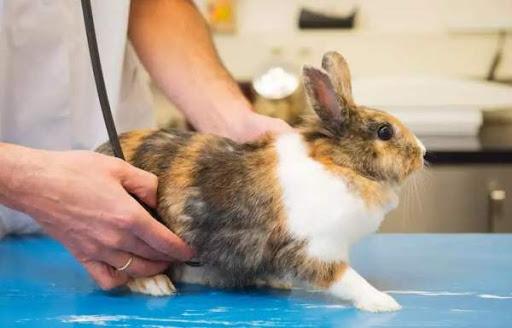
If the rabbit has an inguinal-scrotal hernia, it is necessary to twist the common vaginal membrane with the spermatic cords several times.
Training
The rabbit should be stopped 12 hours before the manipulation. If the animal eats as usual, there is a risk of complications. One of the most common disorders is intestinal prolapse. As a last resort, it is permissible to give your pet a little hay. It is also allowed to use dried grass. At the same time, a lot of water must be present in the drinker.
Before the operation, the cage is disinfected using special chemicals. You should also wash the feeder and drinker and change the bedding.
A few days before the procedure, the pet should be given dry acidophilus. This will help prevent the development of dysbiosis after surgery. Before carrying out the manipulation, the animal must be examined to ensure its health.
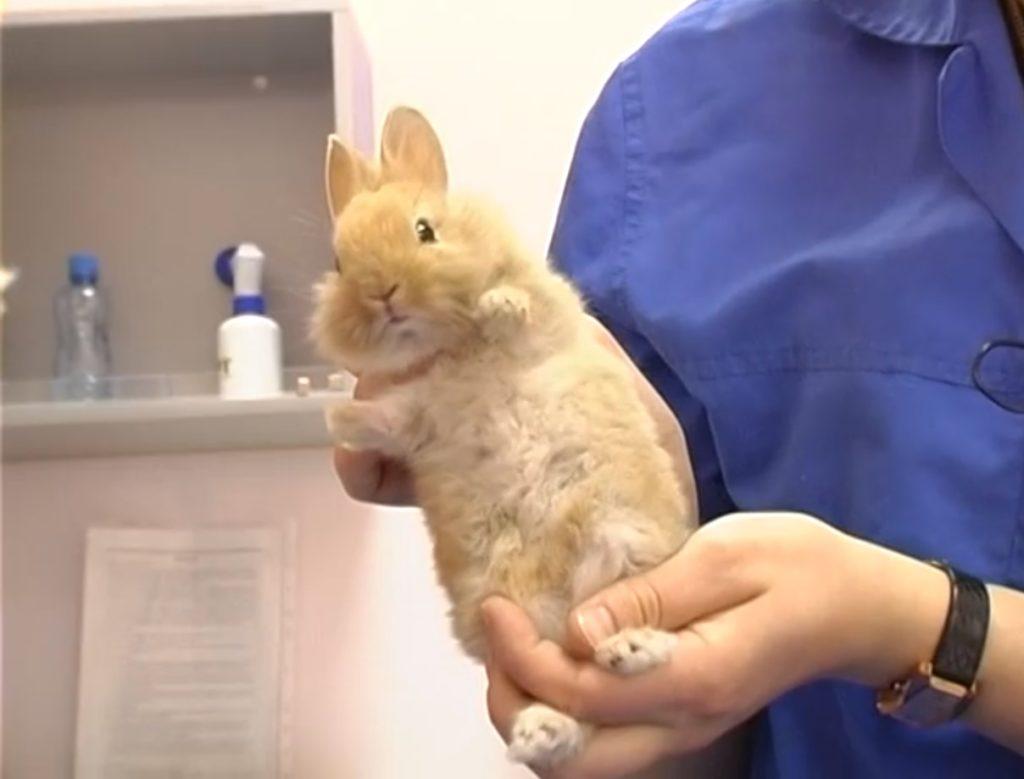
Surgery at home
Castration can be done by hand. For this, it is recommended to prepare tools. You will also need silk or nylon thread. The scalpel and needle should be thoroughly disinfected. Treatment of the operating table is of no small importance. Hands should be washed well and treated with iodine solution.
Then lay the rabbit on the table with its stomach up and securely fix. Take the scrotum with your left hand, and then pull it down. Make an incision on the skin from the top from the back, pull out the testes, tie them up and cut them off.
Sprinkle the damaged area with "Streptocide" and sew up. The operation must be carried out very carefully. It is forbidden to pull on the tubules. This will help prevent damage to the abdomen.
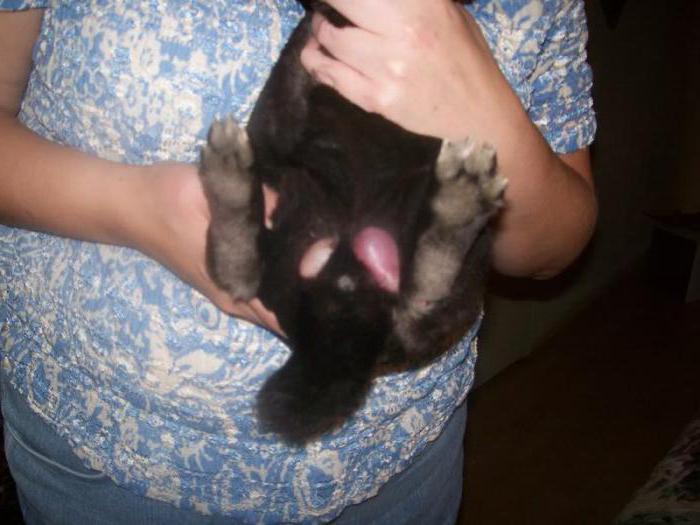
What kind of care needs to be provided to the animal
Open castration is usually used for decorative pets. After surgery, the rabbit should be fed in small portions and monitored. Usually the procedure does not provoke complications. After a few days, the rabbit is ready to return to its normal lifestyle.
Sometimes, after castration, there is a prolapse of the omentum or intestines. In such a situation, the help of a veterinarian is required. If the pet bites or tries to scratch the wound, a plastic collar is put on it. In this case, it is recommended to treat the damaged area with hydrogen peroxide.
How much does the procedure cost
The cost of castration depends on a number of factors. When performing the procedure in the clinic, it can cost 700-3000 rubles. Neutering a rabbit is considered an important procedure that helps to eliminate sexual desire and make the animal calmer. In this case, it is recommended to choose the correct method and strictly adhere to the rules of preparation and care.




